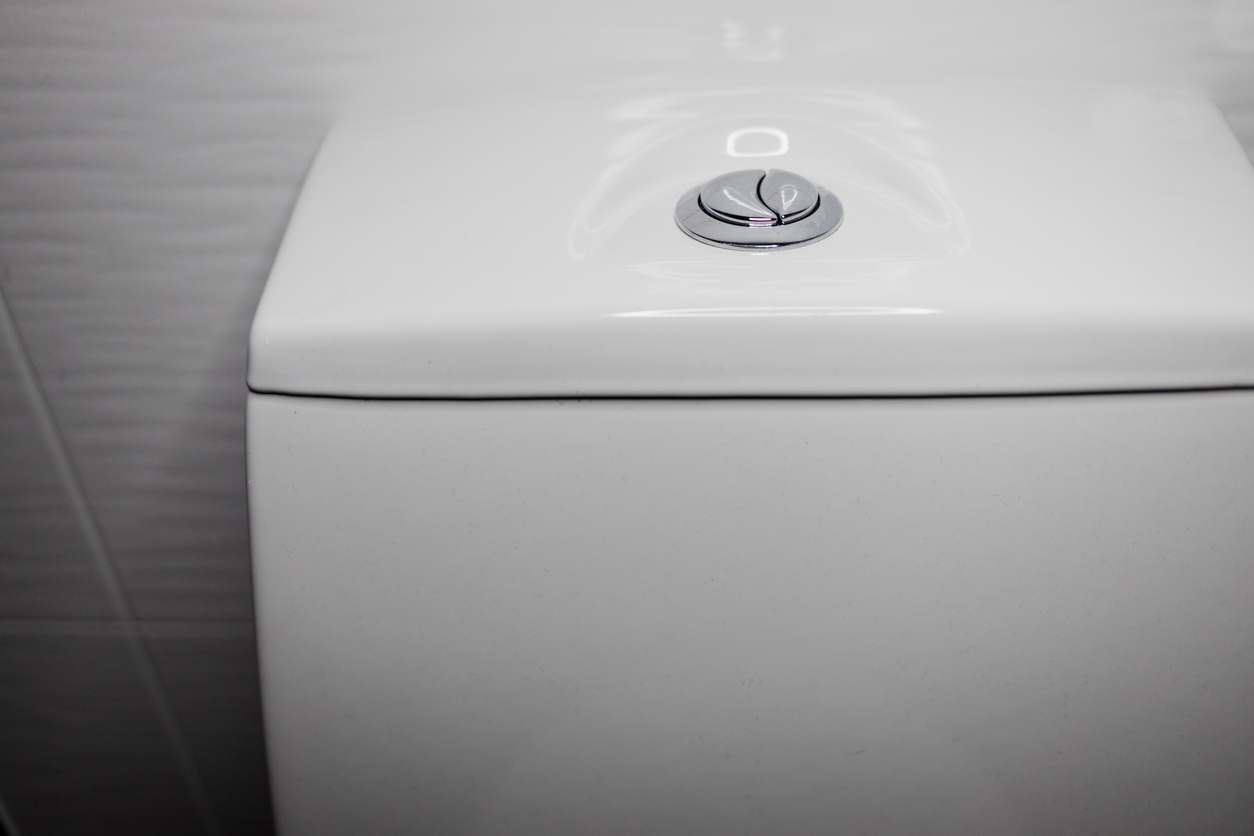Dual Flush Toilets Gaining Popularity
Posted on July 3, 2025 by Melbourne Plumber

Many of us are from the old school where our toilets were pretty simple. There is a lever you push down, and all the toilet’s contents are safely removed from your bathroom.
But the 2020’s are seeing an uptick in toilet complexity. For one thing, we have noticed more people ordering and installing bidets. These are the seated platforms that project water upward to help users get extra clean. Although they have been around for a long time, demand in the United States is just now taking off.
The other major trend we have seen in regard to types of toilets being order are dual flush toilets. These are the toilets where there are two buttons to choose from when flushing. Essentially, this type of toilet allows you to choose what type of flush you want. A full flush is usually 1.6 gallons of water, and a half flush is of course 0.8 gallons.
Benefits of Dual Flush Toilets
These toilets are great for people who want to conserve water. Saving water is a good thing any way you look at it. Water waste is responsible for Americans losing more than $1B every single year.
Of course there are plenty of other plumbing tips to save money, but conserving water is the most obvious and easiest.
If you plan on renovating your bathroom and are considering ways to modernize it and save money in the long run, a dual flush toilet is a great way to go. A bidet is also a very nice addition that you will grow to enjoy.
Dual Flush Toilet Bullet Points
- Water Efficiency: Dual flush toilets typically use 0.8–1.1 gallons per flush (gpf) for liquid waste and 1.6 gpf for solid waste, compared to 1.6–7 gpf for older single-flush toilets, saving up to 67% of water per flush.
- Mechanism: They feature two buttons or a valve: a smaller flush (lower water volume) for liquids and a larger flush (higher volume) for solids.
- Environmental Impact: A household can save around 2,000–5,000 gallons of water annually by switching to a dual flush toilet, reducing water bills and environmental strain.
- Invention: Developed in Australia in the 1980s by Bruce Thompson, with Caroma being a pioneer in their commercialization to address water scarcity.
Global Adoption: Common in Australia, Europe, and Asia; increasingly popular in North America due to eco-conscious building codes. - Cost: Initial cost ranges from $100–$500, but savings on water bills often offset the investment within a few years.
- Maintenance: Similar to standard toilets, though the dual flush valve may require occasional replacement (costing $20–$50).
- Performance: Modern designs ensure effective waste removal, with some models offering adjustable flush volumes for customized efficiency.
- Retrofitting: Dual flush conversion kits ($20–$40) can upgrade single-flush toilets, though full replacement is often more reliable.
